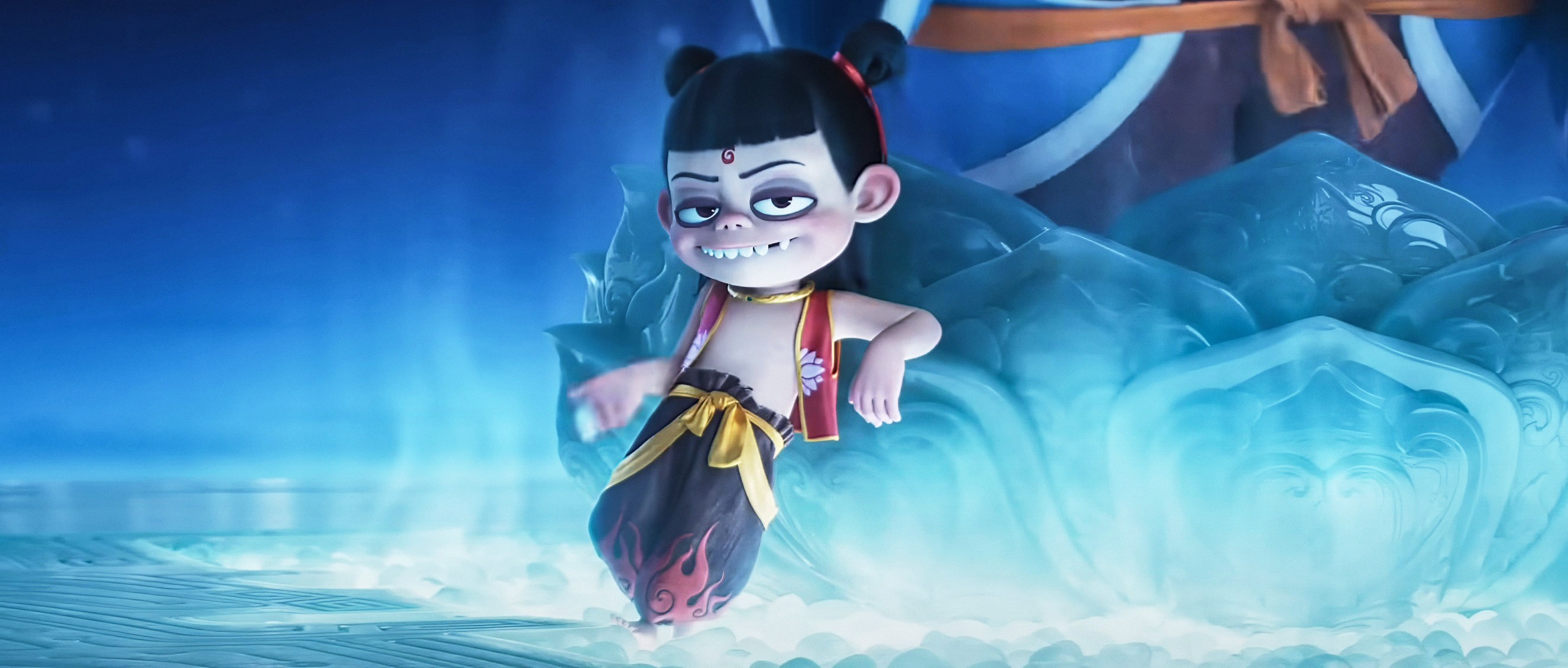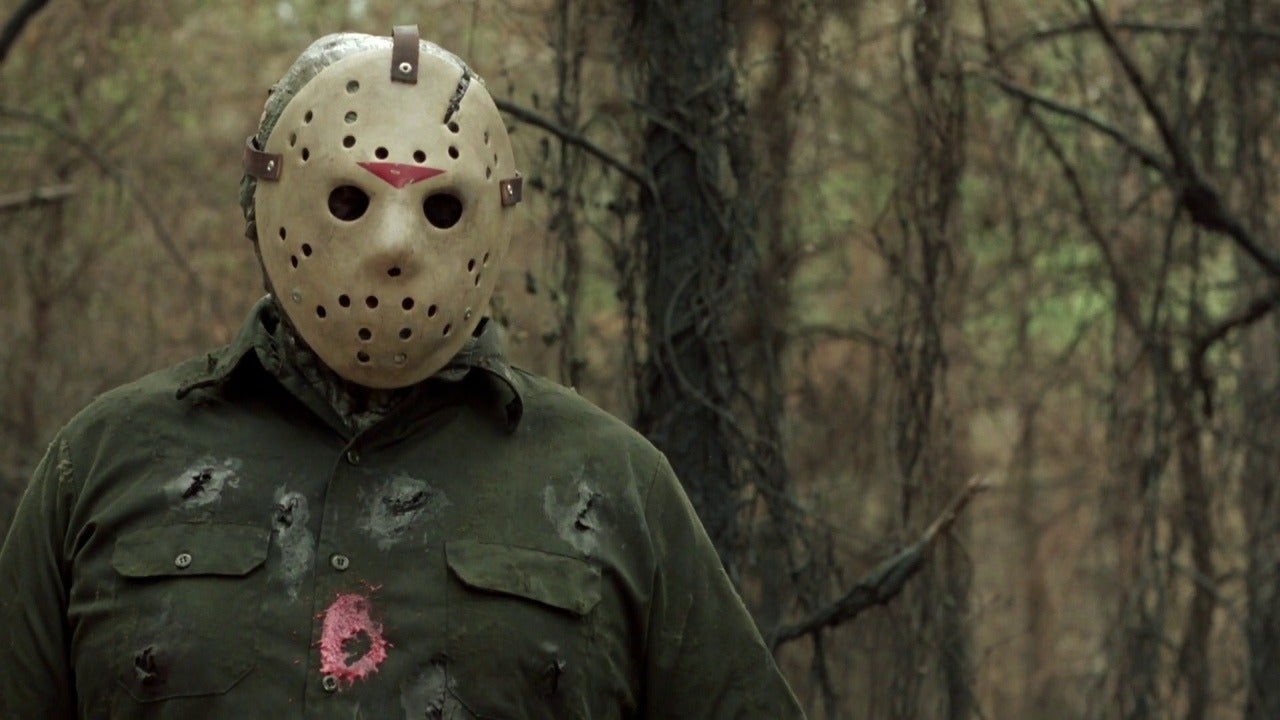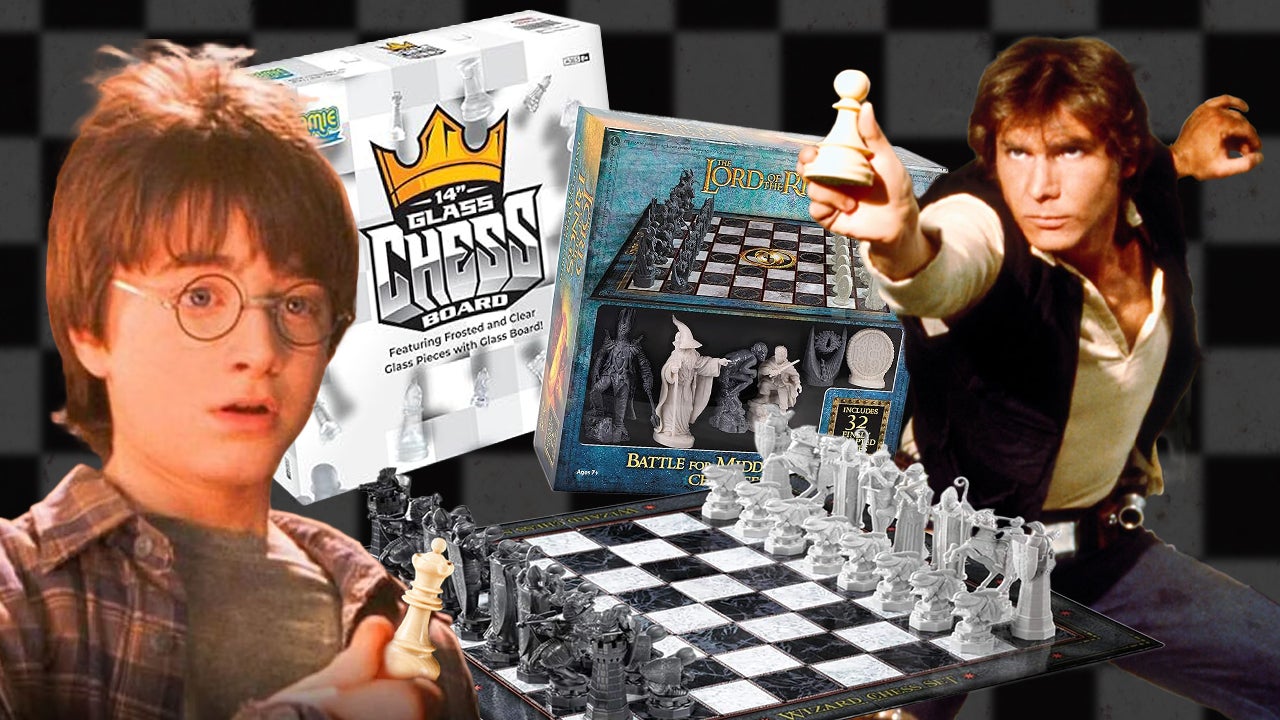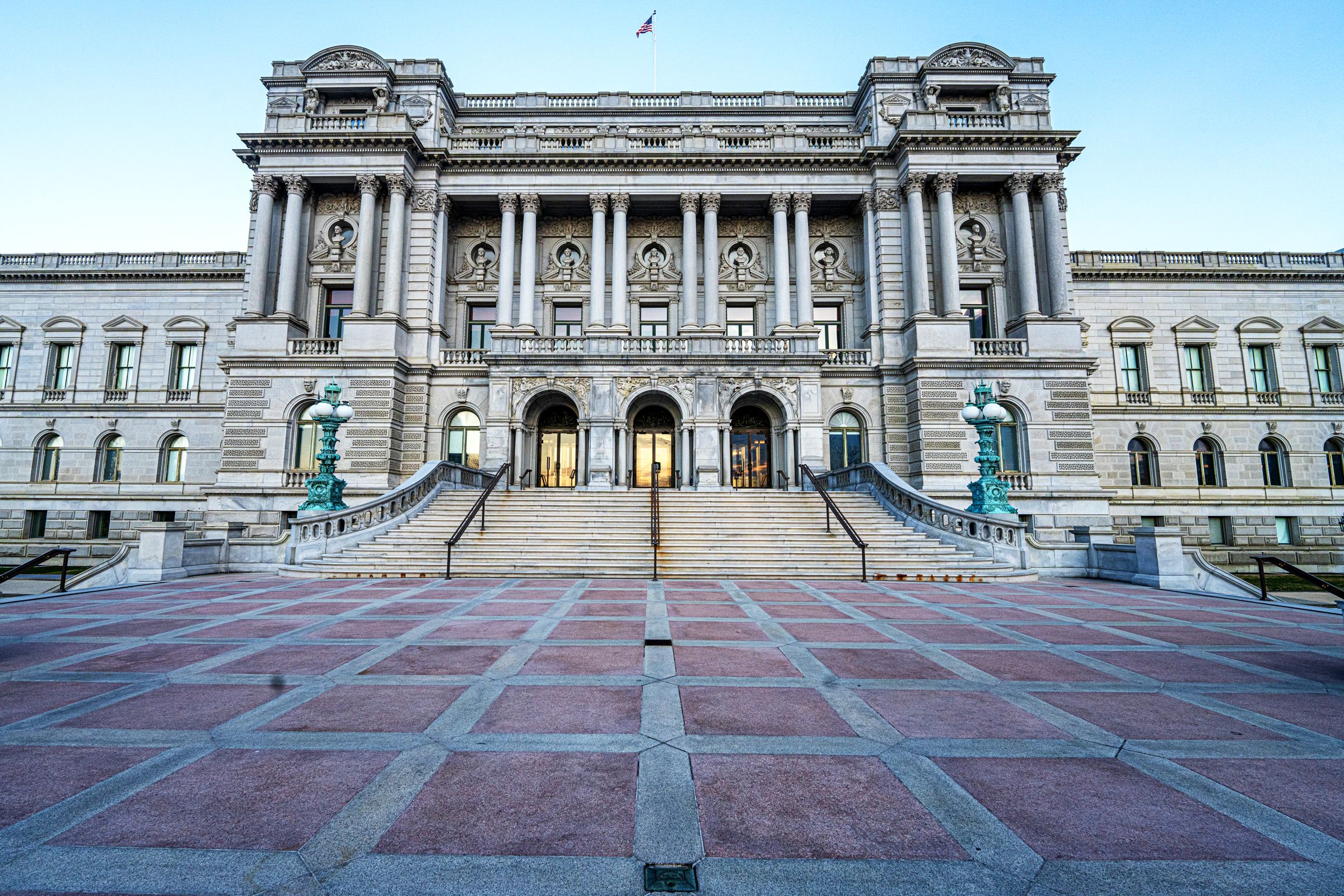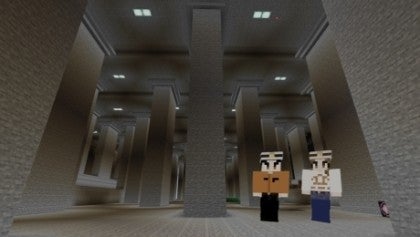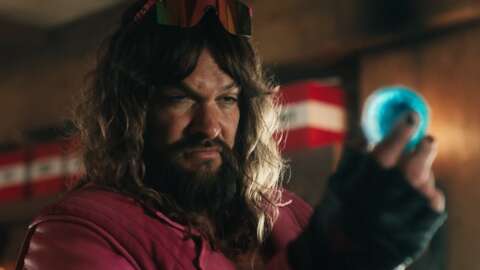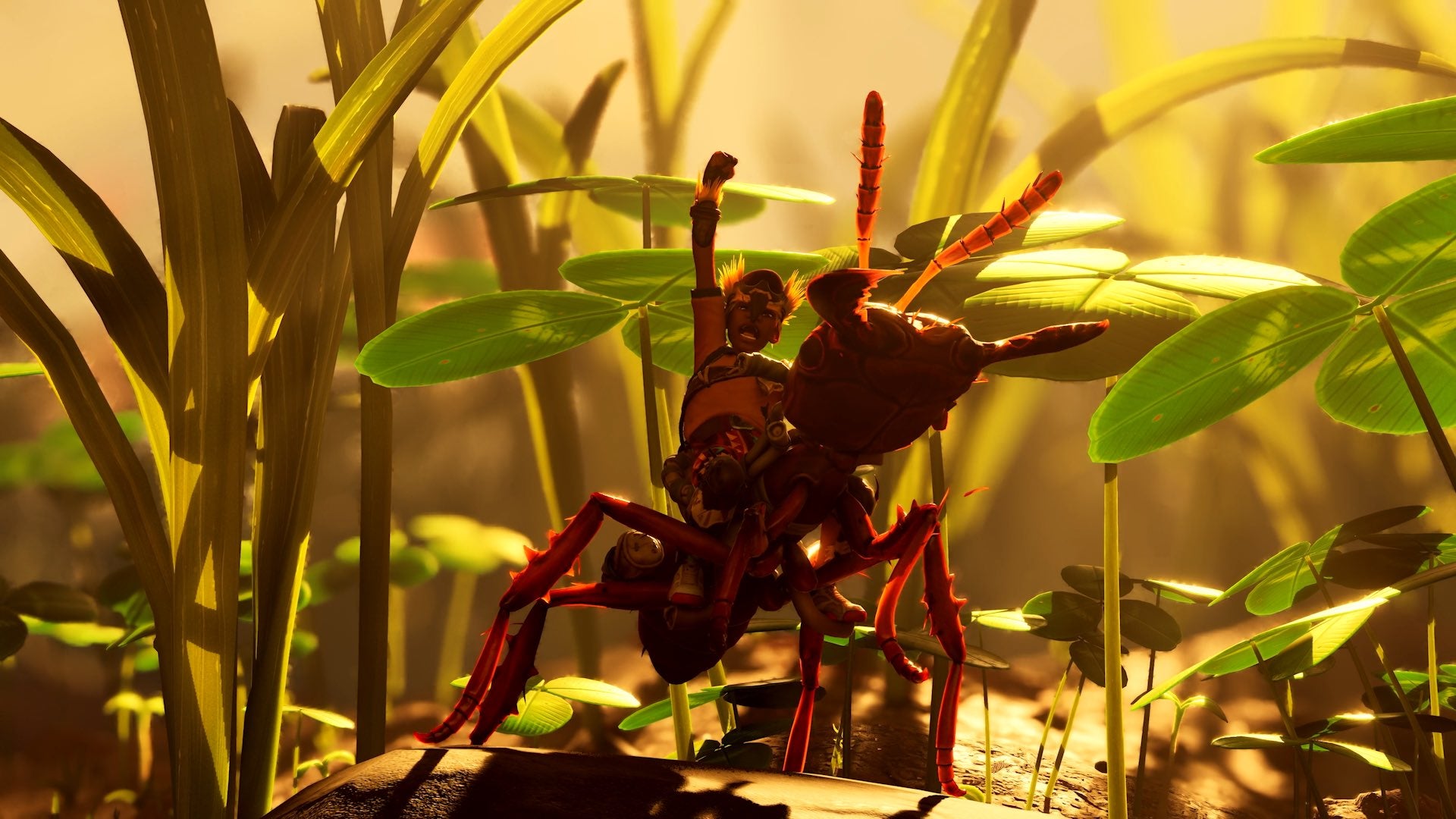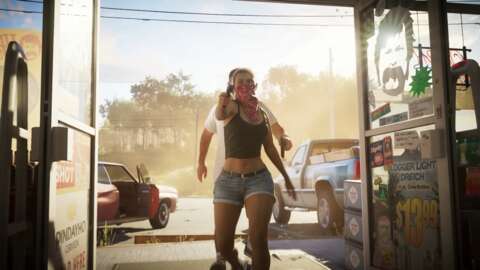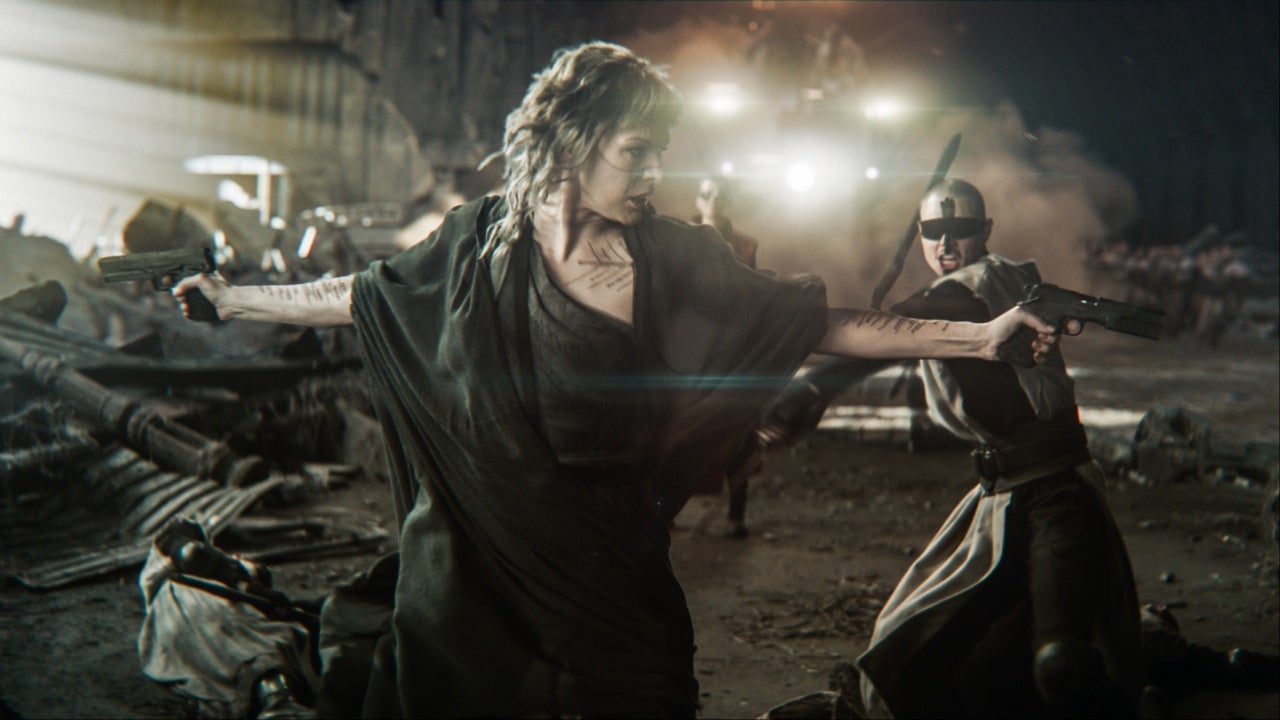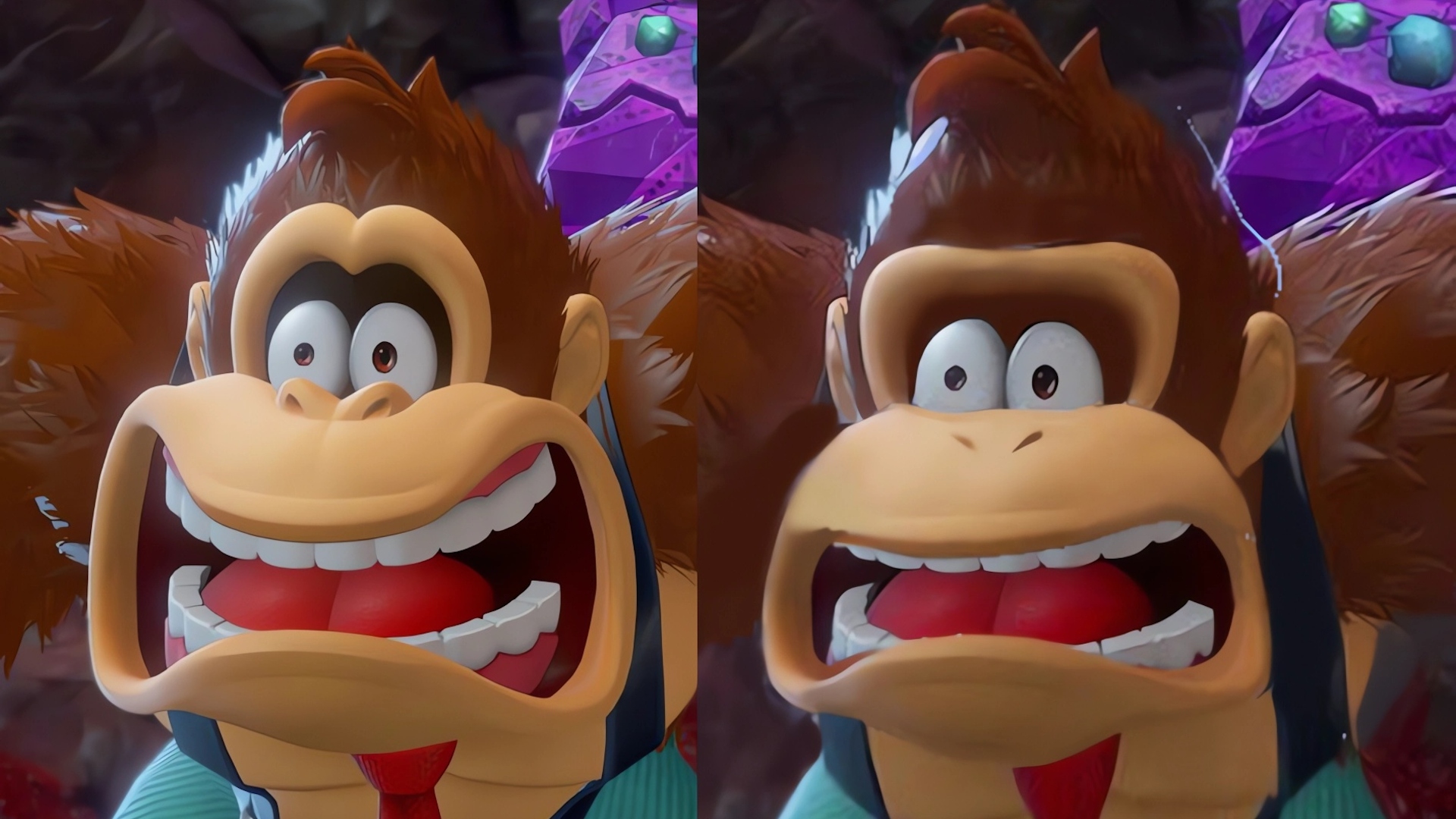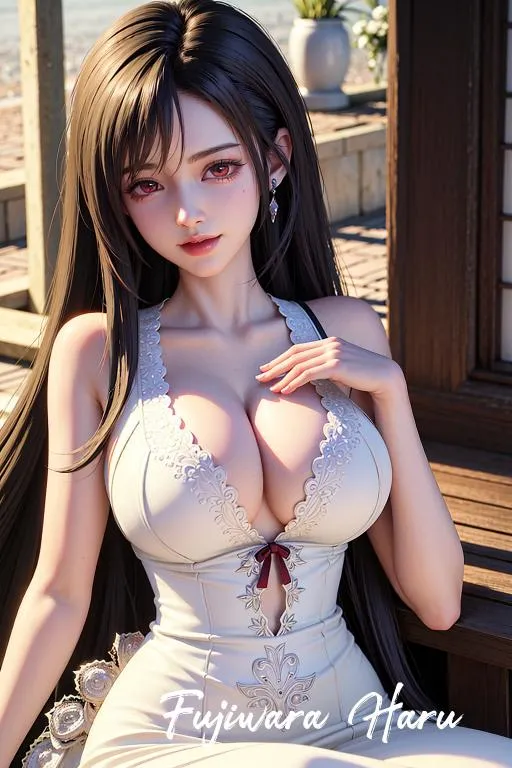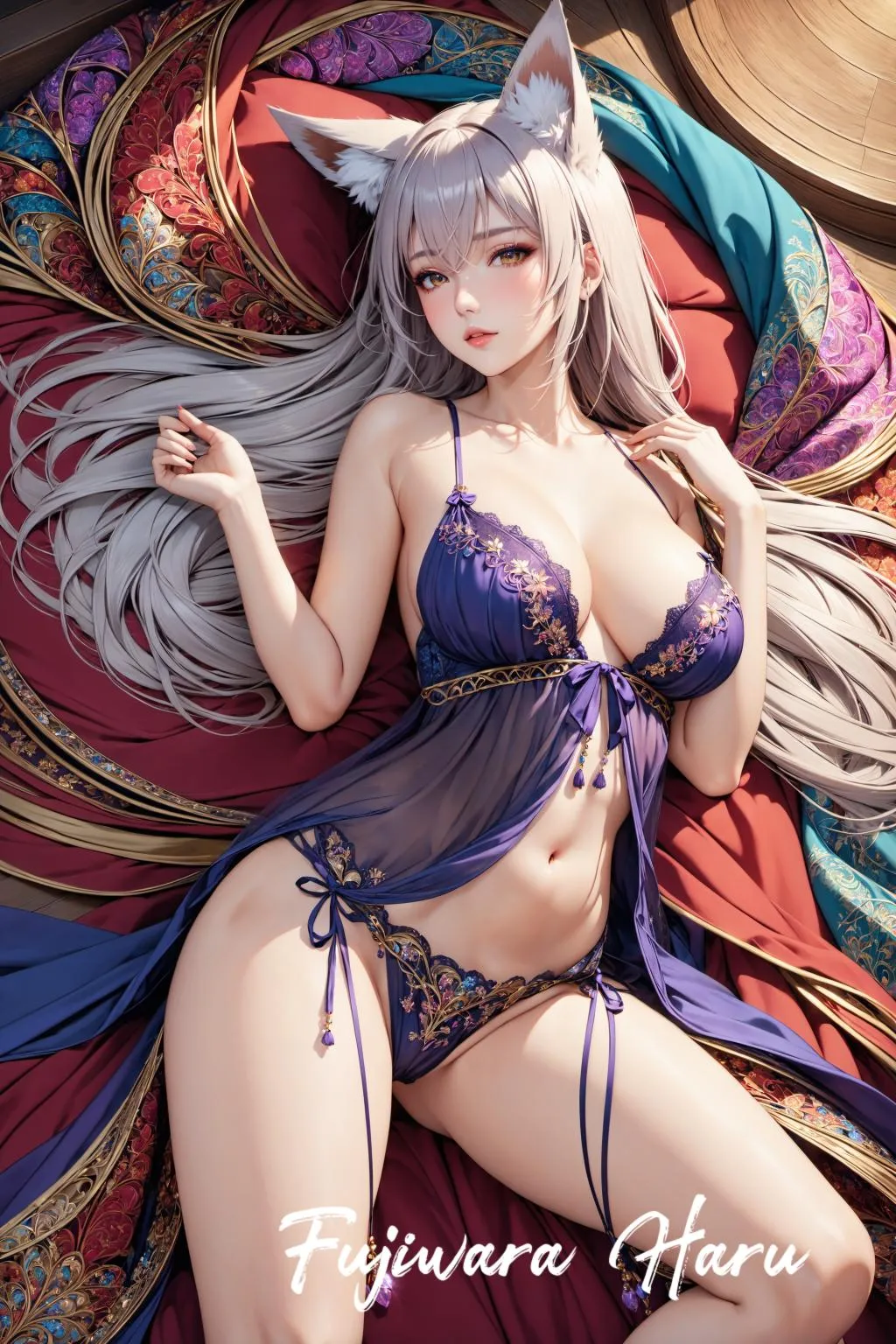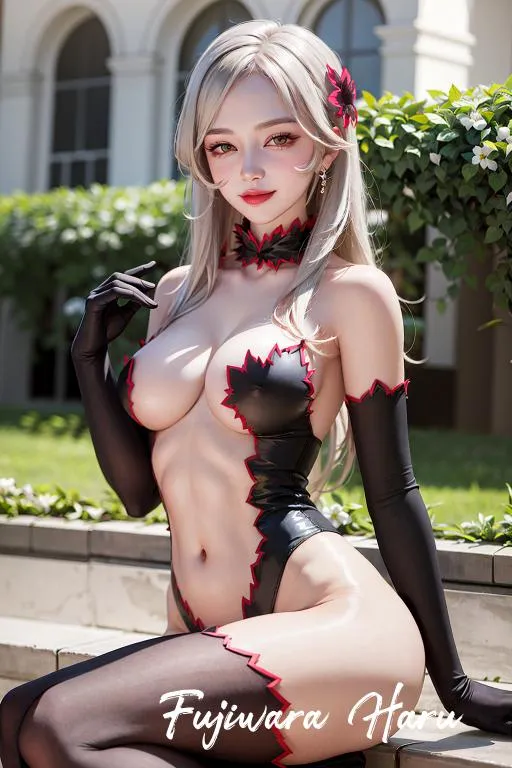
Ne Zha 2 features a combat sequence that has to be seen to be believed.
The Chinese movie, which recently passed the $1.5 billion mark at the box office to become the biggest international animated hit of all time, is built around shows of immense power, leading up to a conflict between godlike forces and their armies. Thousands of white-clad martial-arts warriors, cloaked in glowing golden bubbles of energy, pile atop each other on a vastly branching magical staff to form what looks like a beautiful mountaintop tree in autumn. Energy-breathing dragons zip around blasting all resistance, as two avatars of godly power band together into an irresistible force. It’s breathtaking. On a big screen, it’s almost overwhelming.
The same movie also features a sequence where a visually impaired elderly man mistakes the giant pink ass of a flying pig for a person’s face, and keeps trying to speak to it while the pig repeatedly farts clouds of bilious green gas into his open mouth.
That’s the basic dynamic of both 2019’s Ne Zha and the 2025 sequel, which divide their energy between epic combat and the most lowbrow humor you can imagine. There are booger jokes and poop jokes. A boy gulps down a cauldron of disgusting stew, vomits it all up, then drinks the resulting vomit. A number of sophisticated elites wind up delicately sipping glasses of urine-infused water. For American audiences, body-humor gags in animated movies are nothing new; Shrek in particular leans into “tee-hee, I farted in the bath” humor. But it’s still a bit of a shock how far Ne Zha 2 goes in pushing the envelope of gross-out gags.
That’s especially true given the powerful emotions at play in other parts of the movie, and the overall focus on world-rending battles. Ne Zha 2 revolves heavily around characters’ emotional bonds with their friends and family, and around the fear of hurting or disappointing loved ones — or losing them altogether. Major and minor characters alike see horrific things happen to the people they love. Grief, anger, hope, and need all play significant parts in the story, and drive tremendous battles between tremendous powers.
With Ne Zha 2, writer-director Jiao Zi picks up almost exactly where he left off with Ne Zha in 2019. The mystical artifact known as the Chaos Pearl split into two parts, incarnated as powerful entities: the crude demon-boy Ne Zha and the elegant dragon warrior Ao Bing. (Both are characters from Chinese mythology that have been reimagined countless times in Chinese entertainment.) In Ne Zha, these two become unlikely friends, and unite to save Ne Zha from a powerful curse that ultimately destroys their bodies. Ne Zha 2 opens with endlessly bumbling warrior-priest Taiyi making them fragile new bodies out of lotus paste, which will need to be tempered before it can withstand the immense powers they both wield.

Before that can happen, Ao Bing sacrifices himself again to save Ne Zha’s hometown, Chentang Pass, from an attack by Taiyi’s former brother-in-arms Shen Gongbao. Shen’s attack comes at the behest of three dragons scheming against the powerful Dragon King of the Eastern Sea, who only wants to save his son, Ao Bing. Ne Zha accepts Ao Bing’s spirit into his body, and undertakes a series of trials to resurrect a powerful artifact that could fully revive his friend.
There are many, many different threads at play in this sequel; while it’s more narratively sophisticated and visually ambitious than Ne Zha (which already had plenty of both those elements), it’s still worth starting with the previous film. Ne Zha offers a lot of necessary background to understand how its two central embodied artifacts relate to each other, to the dragons chained deep under the Earth, and to the godlike powers that confine those dragons. It’s also a route to understanding Shen Gongbao, who spends the movie veering between Disney-esque cartoon villain, respectful and righteous servant, the butt of comedy slapstick, and dutiful family man.
But the political drama, particularly between the dragons and their powerful overlords, still takes a back seat to the movie’s visual spectacle, which ramps up considerably from Ne Zha, as more and more powerful entities enter the story. That leaves Ne Zha himself in a less central role, as he’s caught up in conflicts far beyond his awareness.

Ne Zha has changed a fair bit since the first movie, where he’s a sullen, mischievous superpowered brat who violently resents any attempt to contain his power. There are still traces of that personality in play — this is recognizably the same character, especially when he’s frustrated with the many officious adults around him. He clearly carries the weight of what he endured and learned in the previous movie. But as the stakes keep rising in Ne Zha 2, there’s less and less room for him to act out, and more and more ways he needs to step up. By the end of the movie — which includes several open threads designed to set up a third installment in the series — he’s less of a point-of-view character, and more a single element in a complicated, many-sided conflict.
That conflict plays out via martial-arts sparring and blasts of fire, ice, and lightning, with magic powers and shapeshifting and a glowing army, with wars of words and literal wars, with off-color gags and shouted declarations of vengeance and fury. It’s a lot to take in, but it’s joyously and creatively rendered, a fantasy epic brought to life in vivid color and with all the visual creativity a fantasy fan could want. Puke jokes aside, it’s an experience best had on the largest screen possible — this is an epic-sized tale designed for an epic-sized screen.
And apparently, in spite of its deep ties to the ingrained myths of its home culture, it’s a movie designed for a world-sized audience. Ne Zha 2 has already joined the list of the top 10 all-time biggest worldwide box office hits, and at its current rate of earnings, it may soon surpass Star Wars: The Force Awakens and Avengers: Infinity War. That’s an impressive record for a film that at one point literally turns both its leads into poop-emoji-shaped blobs of goo.
Ne Zha 2 is currently in limited release in American theaters. Ne Zha can be watched free on the ad-supported platforms Rakuten Viki and the Roku Channel; it’s also free with a library card from a subscribing library on Hoopla and Kanopy. It’s available via rental or purchase on Amazon, Fandango, and other digital platforms.
Source:https://www.polygon.com/animation-cartoons/527578/ne-zha-2-review-chinese-biggest-animated-movie-of-all-time